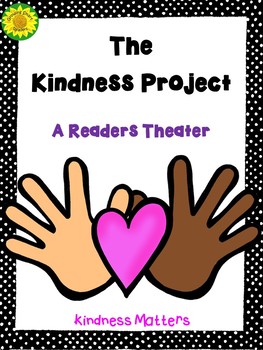I figured what better way to build relationships and social skills than actually building a house of cards--or any structure. So we started with a circle discussion about what it means to be a team, a team player, and collaborate. I tried to drive home the idea of working as a team...a simple concept. Several examples were discussed, but the one that we were able to relate to the most was the game of basketball. They all agreed that a game cannot be won with just one player scoring. Everyone on the team had a role...no one was more important than the other. Then, it was easy for them to bring up other examples of games and instances in which being a team made the game.
I split up 2 decks of cards and divided the kids into 4 groups. I told them to build a structure...any structure. It could be a house, a bridge, a tower, anything that you and your team wanted to create together. No one person could do all the work. They had to decide among themselves what to build, and how to build it. They could further their quest with whether they wanted their structure to be sturdy enough to hold up a book or other object.
It was the simplest, and most open-ended task...and yet, they created a set of norms on their own. In the beginning, all I cared about at the time, was just seeing them work together without quibbling and one trying to out-do the other. Well, they figured it out...and sooner than I expected...that they HAD to work together, to communicate clearly with each other, and to value each other's suggestions and ideas.
I was amazed at their questions, their conversations, and the respect they had for each other. No one talked over the other; no one tried to be "in charge" (and if they did, they did not show it). Even some of my more seasoned students who tend to jump up and quit, did not do so! When 20 minutes was up, each group stood up and walked around the room to view the other structures. This was a 3-minute walk. When we returned to our circle, I was thrilled to hear a sophisticated discussion about arches, trusses (well, I helped them with that word to go with their descriptions), and ways to shape the cards so that they would be stronger. One student said, "I noticed that Trey's group made a strong structure with the least amount of cards--compared to everyone else." His group had figured out how to make strong pillars out of the cards. More discussion continued until every group shared.
This is not a stem activity...or is it? If it is, I'd like to come up with an acronym that would include collaboration. This was a simple activity with a goal in mind, an old-fashioned one from many decades ago, (more like hundreds of years, really) and yet, the rich language, vocabulary, the sharing of ideas, active problem solving, and collaboration were all happening at the same time! I would say it was one of the most rewarding teaching moments I had experienced in a very long time.
By the way, I'm a reading interventionist. Did I mention that this was our literacy block? So, we did not carve out a lot of scientific knowledge out of this....and yet, they walked away with a little of that anyway....and a lot of teamwork. Now, maybe we can communicate a little better.
So why play cards during reading class? Our speaking and listening skills shape our reading and writing skills. This is just one activity that requires communication and collaboration. I think we're going to do more of this. I haven't figured out what yet...I'll be checking out some old fashioned, simple stem-like activities that require communication, collaboration and teamwork. Maybe those are all synonyms.....Hmmm.
Can they tell you what teamwork really looks like now? Definitely. Will they transfer some of this into their other work...um...like reading and writing...or on the playground? I hope so.




